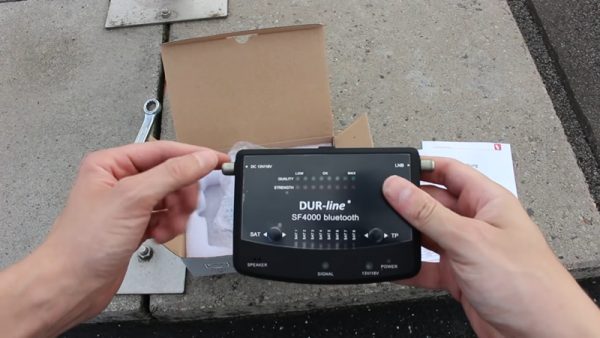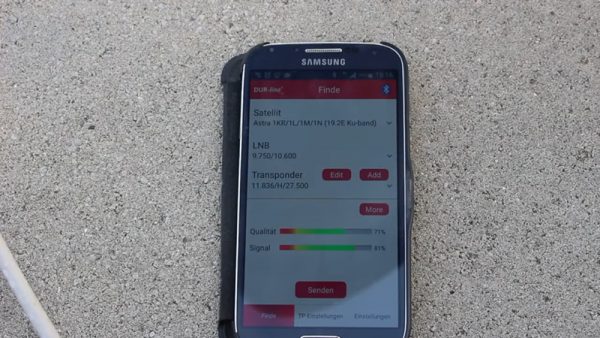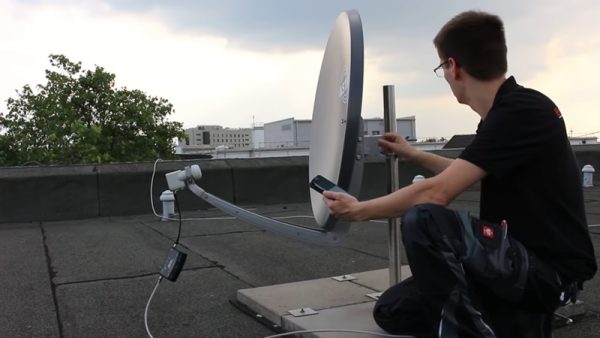Table of Contents
Align A Satellite Dish In Few Steps
If you are looking for how to align a satellite dish, then read on. By the time you have finished reading this article, you will know how to align a satellite dish.
We live in an age where information is fast and free with the development of digital technology. This is why internet marketing has become so popular, and most businesses use internet marketing as their main strategy. But if you don’t have the correct tools, your business will never grow.
Satellite dishes are often misaligned for several reasons. It can be because of the lack of knowledge about aligning a satellite dish. These two factors have come together for two reasons: a lack of experience and a wrong set up.
The first thing you need to know about how to align a satellite dish is the proper use of the right tools. If you do not use the right equipment, then you will not get the right results from your satellite.

Requirements Tools To Align Your Satellite Dish
- Visit Lyngsat to get details of the satellite and the dish size
- A dishpointer to analyze the satellite angles or degree
- A Satellite Finder or TV Spectrum Analyzer used for monitoring the signal strength and quality
Useful Tips For Aligning Your Satellite Dish
Using Neighbor’s satellite dish as reference will safe your time and energy for picking the right place to point your dish. Though it is not recommend to rely on it because the satellite angle may be differ.
Avoid Trees, Mast and building structures in the line sight of satellite dish. These will prevent you to get reliable signal most especially trees. If trees branches is short today, in few month or years, it will eventually growing up and block the signal.
Things You should look for when it comes to how to align a satellite dish – Adjustment And Skew LNB
Keep in mind that you may need to consult with an expert, to make sure you are following the correct procedures. Also, the technician you ask will know which equipment will work best for your specific needs. I had published an article regarding how to pick the right KU LNB.
In addition to the basics, you should know that ‘stacking’ is a way of adjusting the LNB (LNB is short for ‘low gain band’) settings for your satellite dish. You can ‘stack’ the LNB settings by turning off the reception of your satellite dishes signals, to reduce interference with other satellites.
Your LNB (low gain band) setting should be adjusted according to the orbit of your satellites, to get the best signals. You may need to adjust the LNB settings of your satellite dish, to get the correct view to ensure you have the proper alignment of your dish.

Simple way to align your satellite dish Step-By Step
You don’t have to pay for your technician to do it for you. I am sure that you will agree that when you start to compare prices on the internet. These price comparisons can help you get the best deal on your next satellite dish system.
You need to start by using your LNB tuning knob, to adjust the LNB to the east or west side of the satellite dish. Do not worry about how to adjust azimuth (East and West side) as you are not adjusting that setting; it is only used to get your signal to the LNB receiver properly.
Next, you need to tilt the satellite dish by tilting the knob to the appropriate side. Do not worry about how to align a satellite dish. The tilt setting is only used to tilt the satellite dish to the proper side of the dish. When you tilt the satellite dish, it will eliminate any interference with the north and south satellites. And will allow your LNB receiver to receive better signals.
Then you need to adjust the RASP (radio acoustics programs) settings on your satellite dish, so that it receives all frequencies evenly. You should notice a difference in your LNB receiver when you adjust this setting.
Lastly, you need to adjust the elevation adjustment or the skew setting on your satellite dish. As you can see, how to align a satellite dish is not hard.


I have a bell dish and something is wrong. I have been getting Bad no Signal. so have changed the switch and co-ax now I have 2 red bars across to 96-97 on signal and quality. Is my LNB toast
may be it is LNB, try to change it
LNB stands for Low Noise Block!
i.e. an amplifier block with low noise, so the signal to noise ratio is the best it can be; more signal and less noise equals a better picture.
(Low Gain Band, which is not a thing anyway, would be LGB!)
Thanks for your contribution